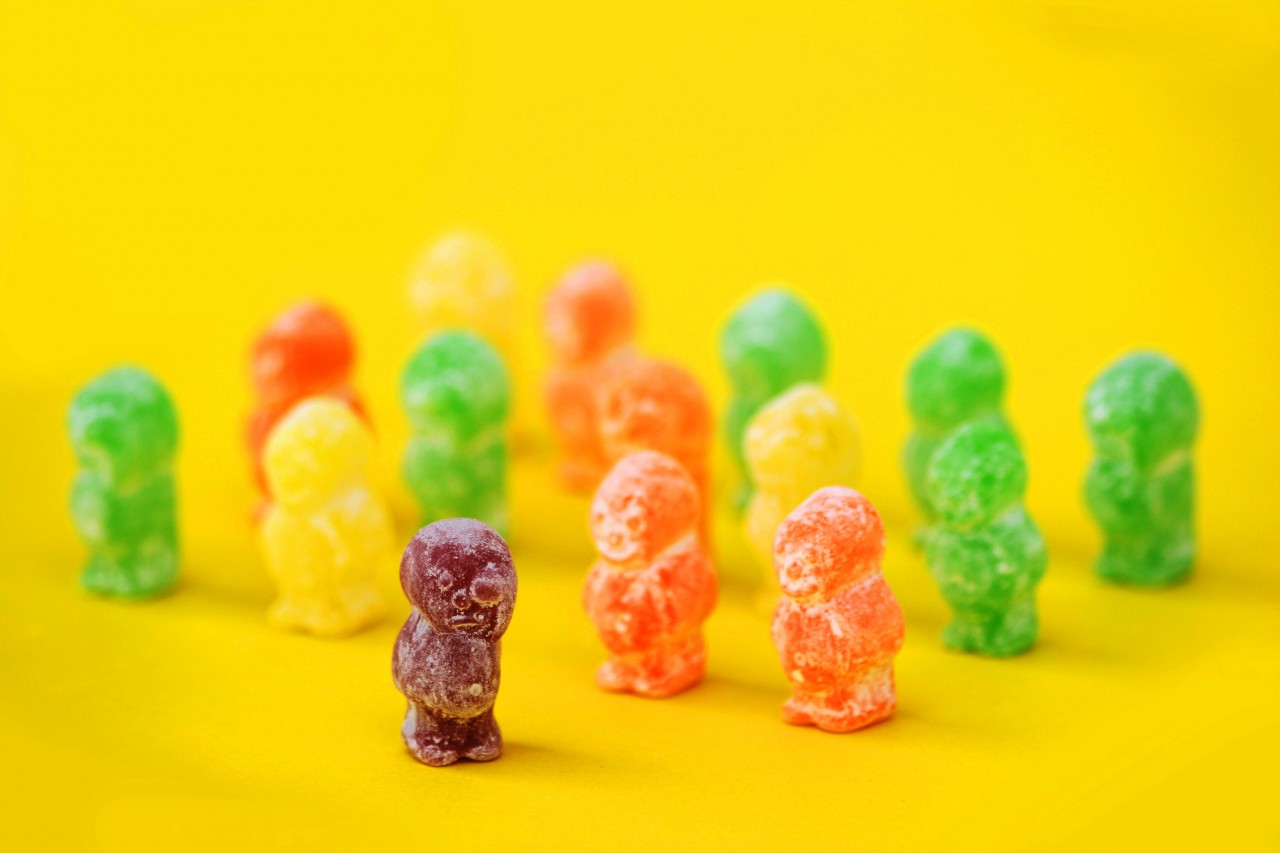.
What is the difference between unconscious bias and diversity?
Unconscious bias is a psychological process that happens automatically when our brains make quick judgments and assessments of people and situations, influenced by our background and personal experiences.
It creates a tendency to view certain people, statistics, facts and situations more favourably or not, depending on whether we find similarities to our own life. Biologically, we are hard-wired to prefer people who look like us, sound like us and share our interests.
We can rely too much on our automatic responses, learnt beliefs and behaviours. This can impact on the workplaces and cultures we build. It affects how we communicate and how we are perceived. It also informs the relationships we build and, on a wider scale, it can hamper development within an organisation.
To counter unconscious bias, a conscious effort needs to be made to be more diverse and inclusive. The starting point is awareness of biases within organisations and behaviours that enhance diversity.
True diversity is not just about having an ethnically inclusive recruitment policy, particularly when employees are only selected if they are ‘polished’ and fit the company mould. It covers many more factors, including socioeconomics, cultural background, gender and disability.
Diversity and inclusivity allow organisations to cultivate different ideas, viewpoints and experiences, thereby promoting flexibility and versatility in a fast-changing world.
























